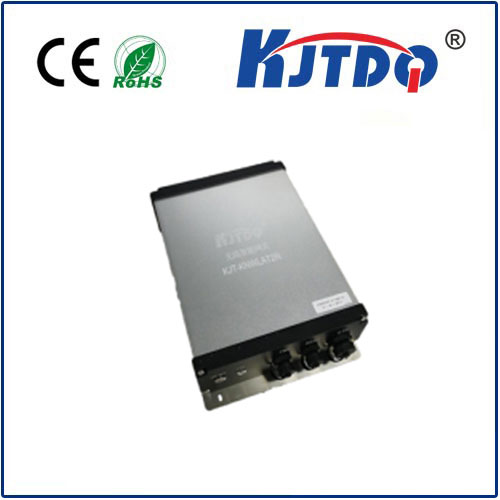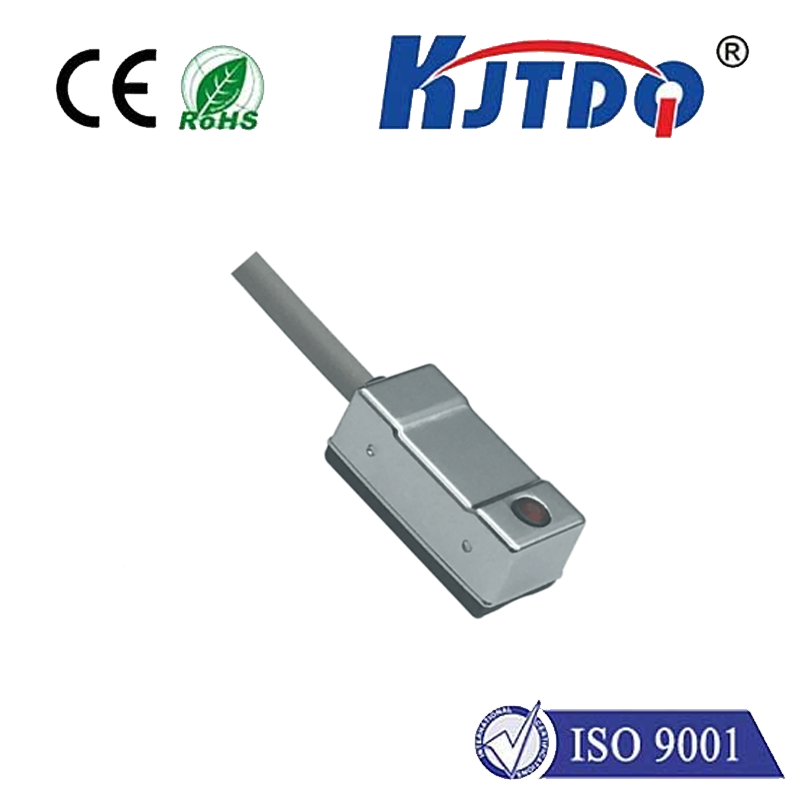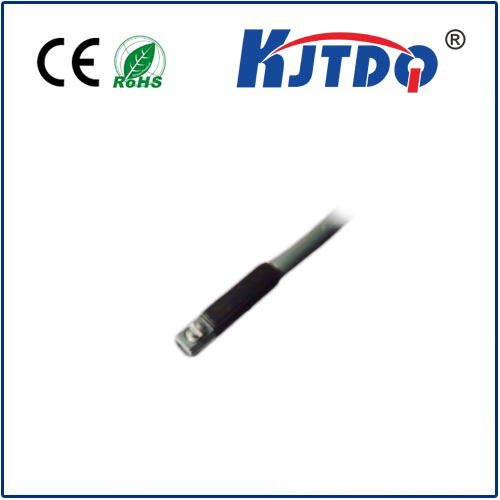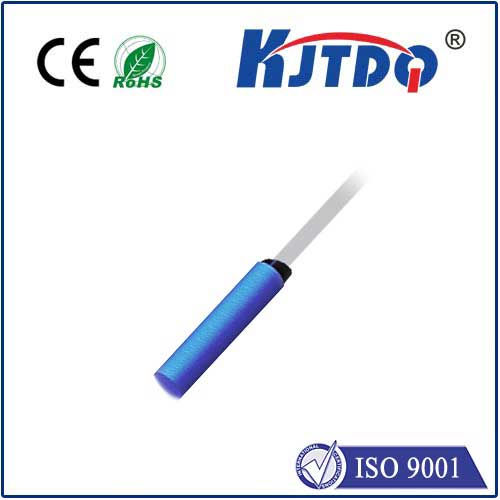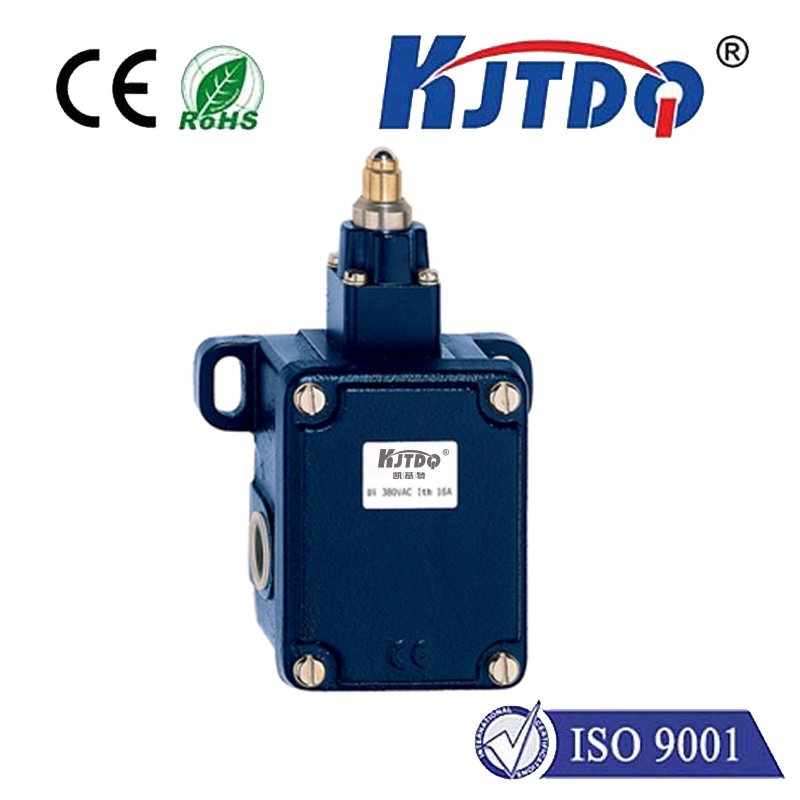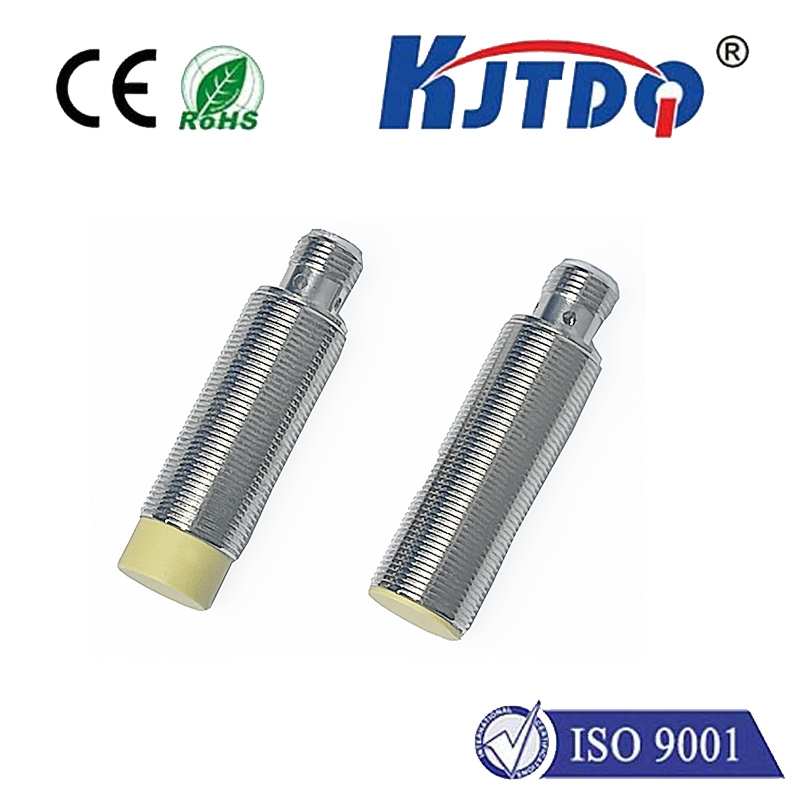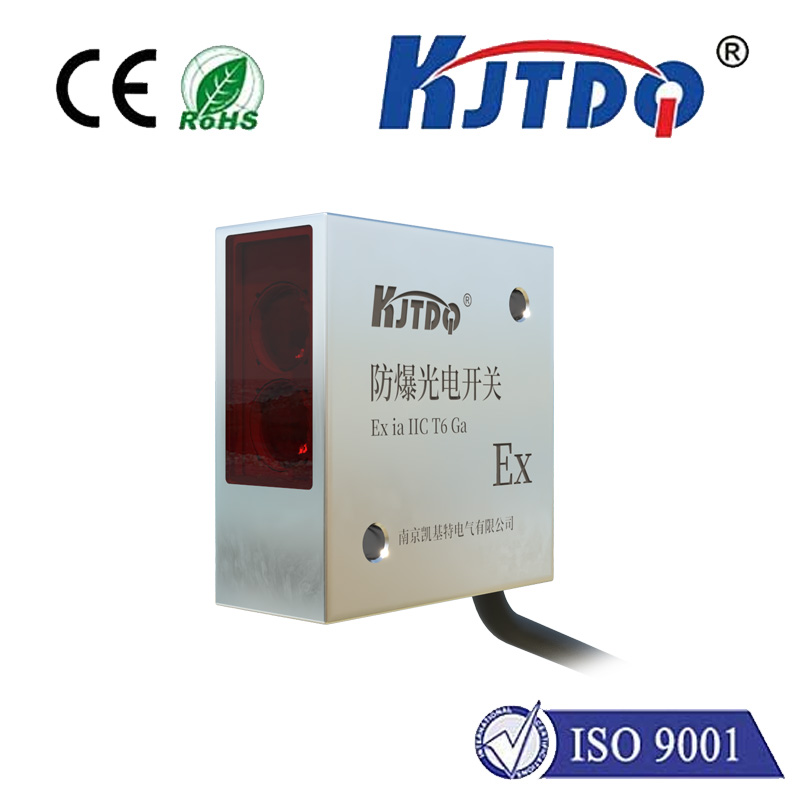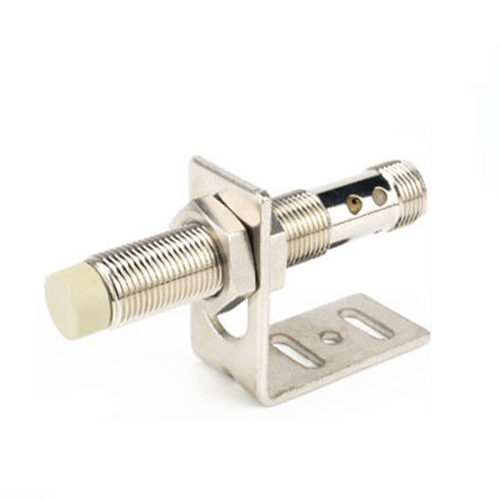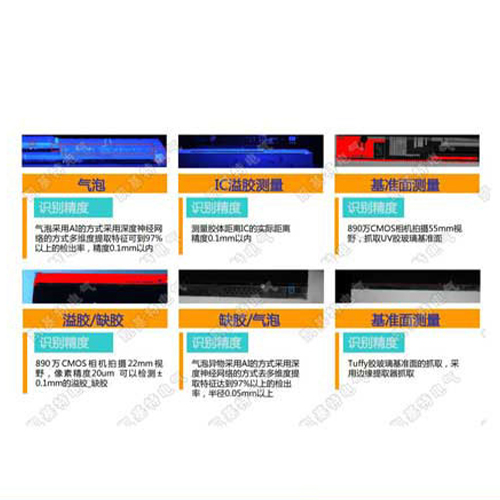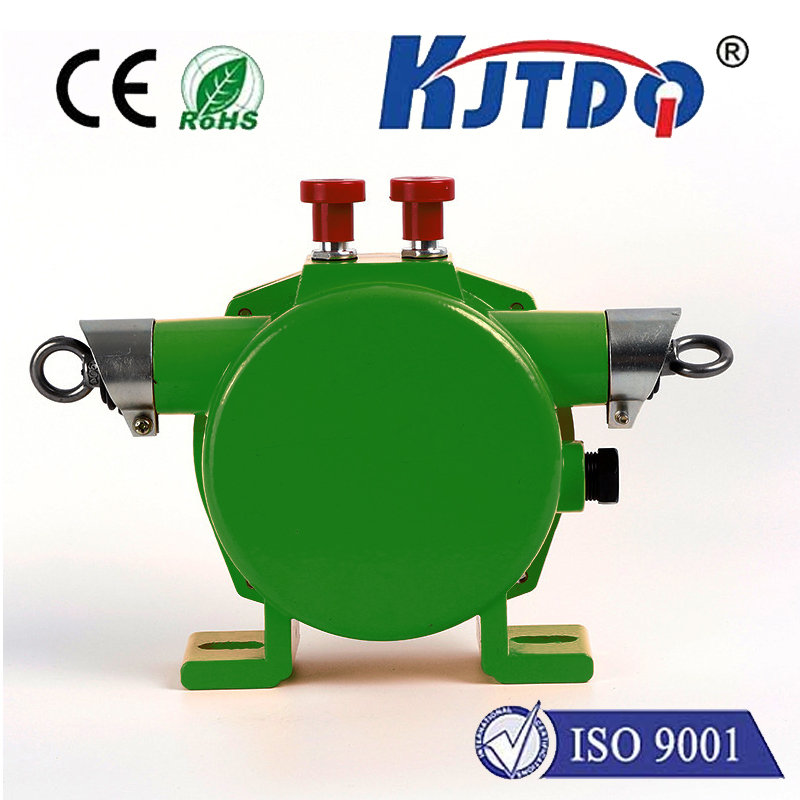

check

check

check

check
FU-12 Optical Fiber Sensor: A Revolutionary Solution for Real-Time Monitoring
The modern industrial landscape is increasingly reliant on precision and efficiency, and one of the most innovative tools in this domain is the FU-12 optical fiber sensor. Designed for high accuracy and reliability, this sensor offers a unique approach to monitoring physical parameters in real time. As the demand for smart sensors grows, the FU-12 stands out as a versatile and advanced solution that is finding applications across various industries.
At its core, the FU-12 optical fiber sensor utilizes optical fibers to detect changes in light intensity or wavelength, which are then converted into electrical signals. This method allows for non-invasive, long-term monitoring of parameters such as temperature, strain, pressure, and vibration. Unlike traditional sensors that often require physical contact or complex installation, the FU-12 operates seamlessly within the environment, making it ideal for use in harsh or inaccessible locations.

One of the most significant advantages of the FU-12 is its ability to provide real-time data without the need for external wiring. This feature is particularly beneficial in industrial settings where downtime can be costly. By eliminating the need for direct connections, the sensor reduces maintenance efforts and enhances system flexibility. Moreover, the FU-12 is compatible with a wide range of communication protocols, enabling integration with existing industrial control systems and data acquisition units.
The sensor’s design also contributes to its longevity and durability. The optical fibers used in the FU-12 are coated with protective layers that shield them from environmental factors such as moisture, dust, and electromagnetic interference. This ensures consistent performance over extended periods, even in challenging conditions. Additionally, the sensor’s compact size and lightweight construction make it easy to install and maintain, reducing the overall footprint of the monitoring system.
In terms of applications, the FU-12 is widely used in sectors such as manufacturing, energy, and aerospace. In manufacturing, it is employed to monitor the quality and integrity of materials during production. In energy, it helps in monitoring equipment performance and ensuring safety in high-risk environments. In aerospace, the sensor is used for structural health monitoring, allowing for early detection of potential failures.
Another key benefit of the FU-12 is its compatibility with AI and machine learning technologies. The sensor’s data can be fed into predictive analytics systems, enabling proactive maintenance and optimizing operational efficiency. This integration not only enhances the value of the sensor but also aligns it with the evolving trends of industrial automation and digital transformation.
For those looking to implement the FU-12, the first step is to assess the specific requirements of their application. Factors such as the type of parameter being monitored, the operating environment, and the desired level of data accuracy will influence the selection of the sensor. Once the requirements are defined, the sensor can be seamlessly integrated into the existing infrastructure, ensuring minimal disruption and maximum performance.
In conclusion, the FU-12 optical fiber sensor represents a significant advancement in sensor technology, offering a reliable, efficient, and versatile solution for real-time monitoring. Its ability to provide accurate, non-invasive data, combined with its adaptability to various industrial applications, makes it a valuable asset in today’s rapidly evolving technological landscape. Whether in manufacturing, energy, or aerospace, the FU-12 continues to redefine the standards of precision and performance in sensor-based systems.
